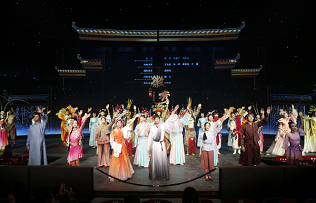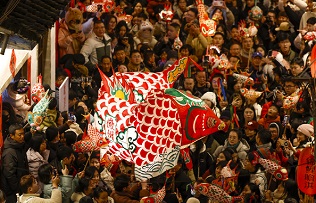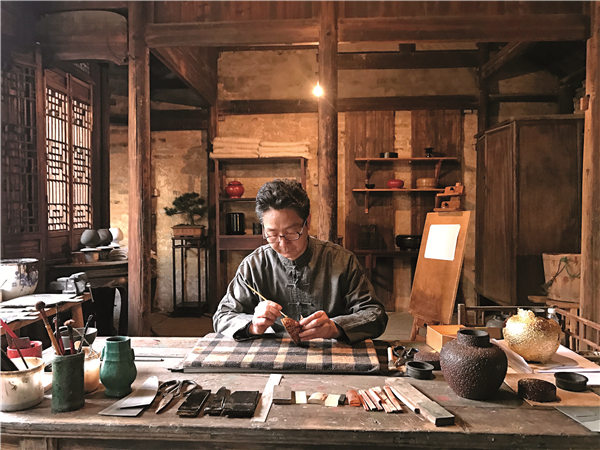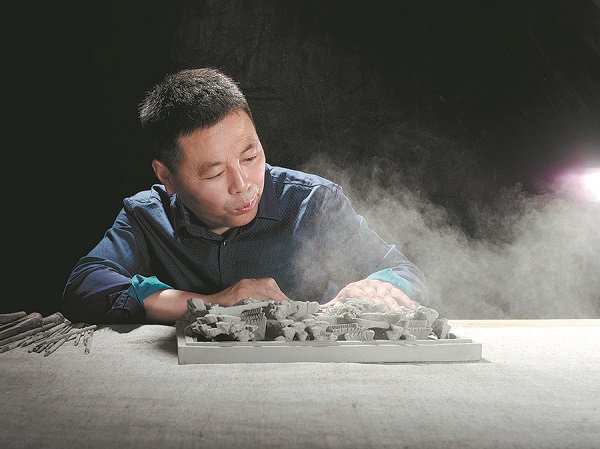
Nestled in Huangshan, the southern part of Anhui province, Xidi village is a UNESCO World Heritage site that has preserved the charm of Huizhou culture for more than 900 years.

Huangshan is renowned as the capital of famous teas, where dynastic teas offer a unique charm. In this video, a performer demonstrates "cha bai xi", or tea acrobatics, a provincial intangible cultural heritage item.

Looking for a break from natural scenery? Visit Huangshan and start a museum-hopping journey that makes history come alive!

The large-scale cultural performance Hui Xiu has become a must-see spectacle for international visitors in Huangshan, earning rave reviews for its breathtaking visuals and emotional storytelling.

Huizhou Fish Lantern, a traditional folk art originating from Shexian county, Anhui province, was honored as one of the Top 10 IPs.

During China's recently concluded Spring Festival holiday, Zhanqi, an ancient village in Shexian county, Huangshan, East China's Anhui province, found itself in the global spotlight.

In a gray-tiled house along Liyang Old Street in Huangshan city, East China's Anhui province, sits an extraordinary studio.

Special relationship between ancient merchants and craftspeople has left a stunning legacy of art.